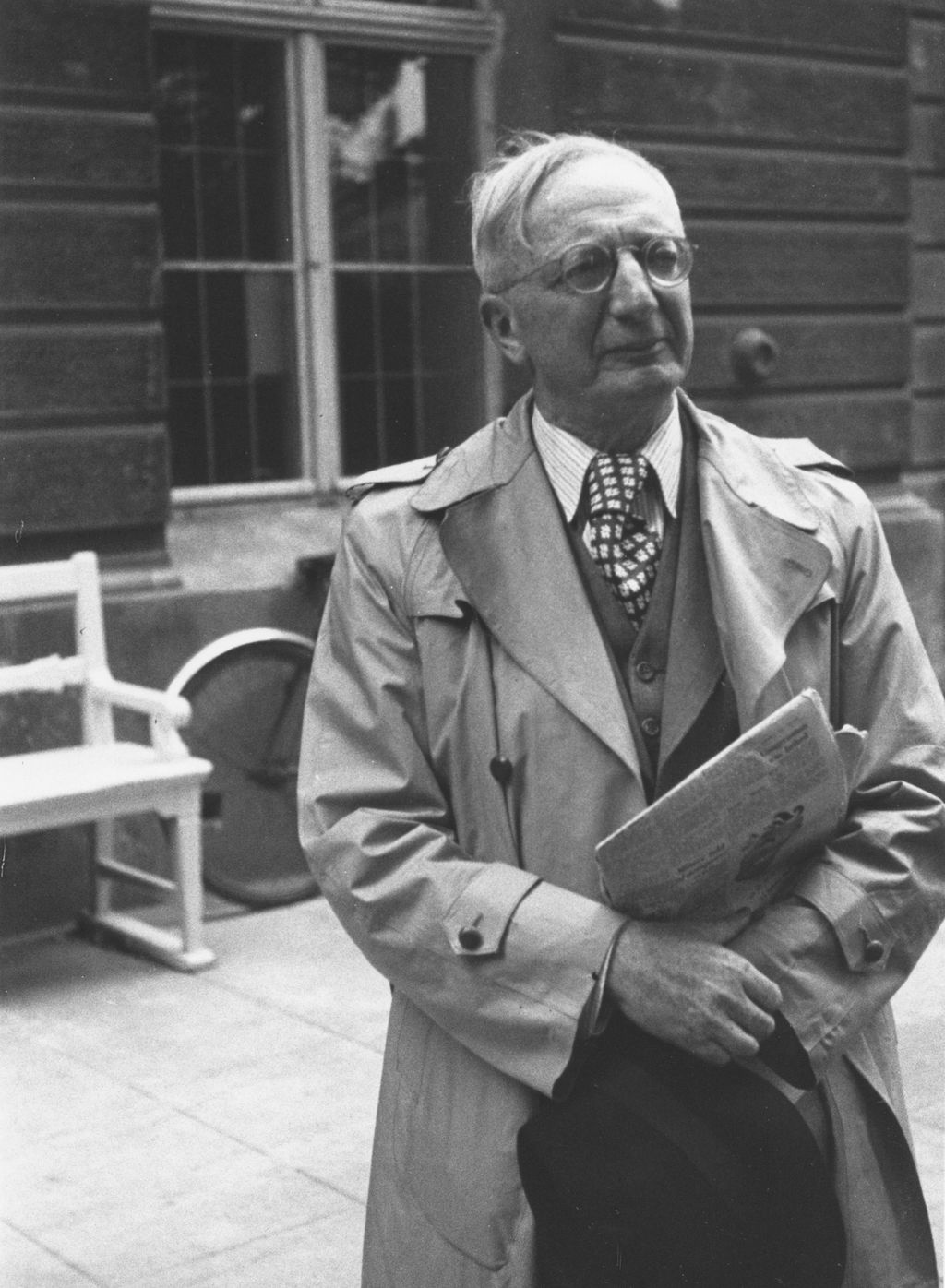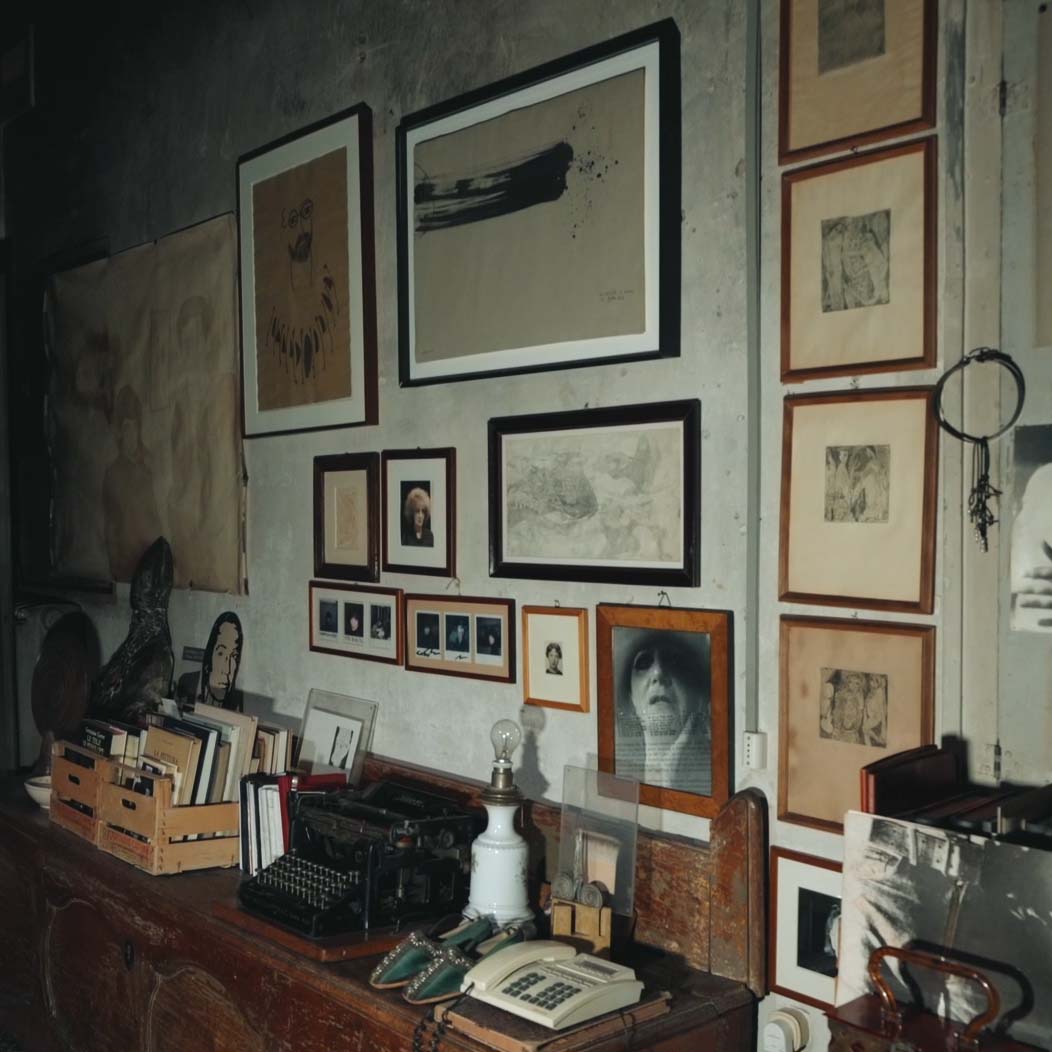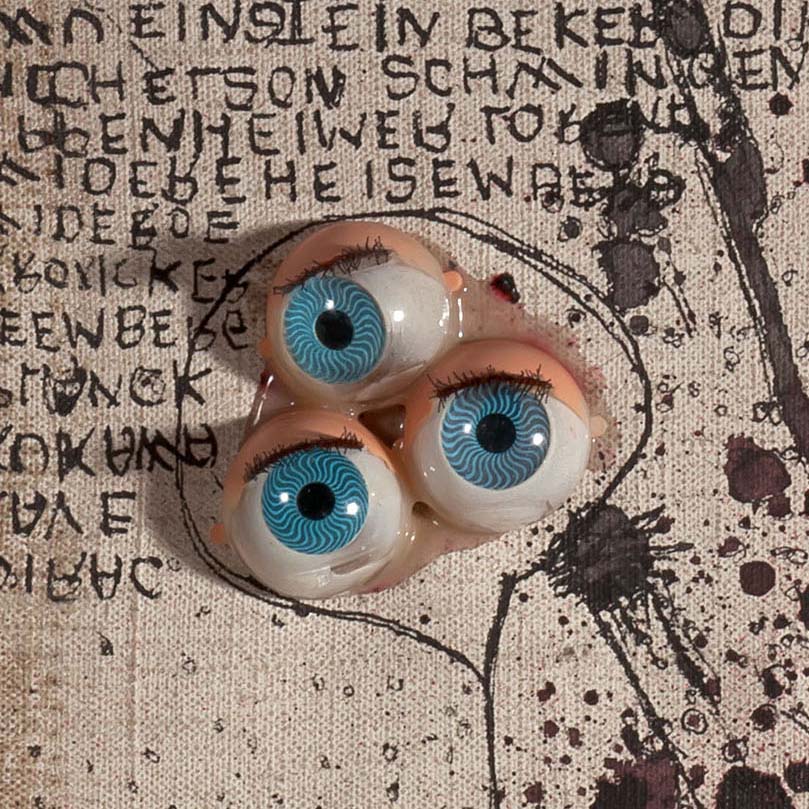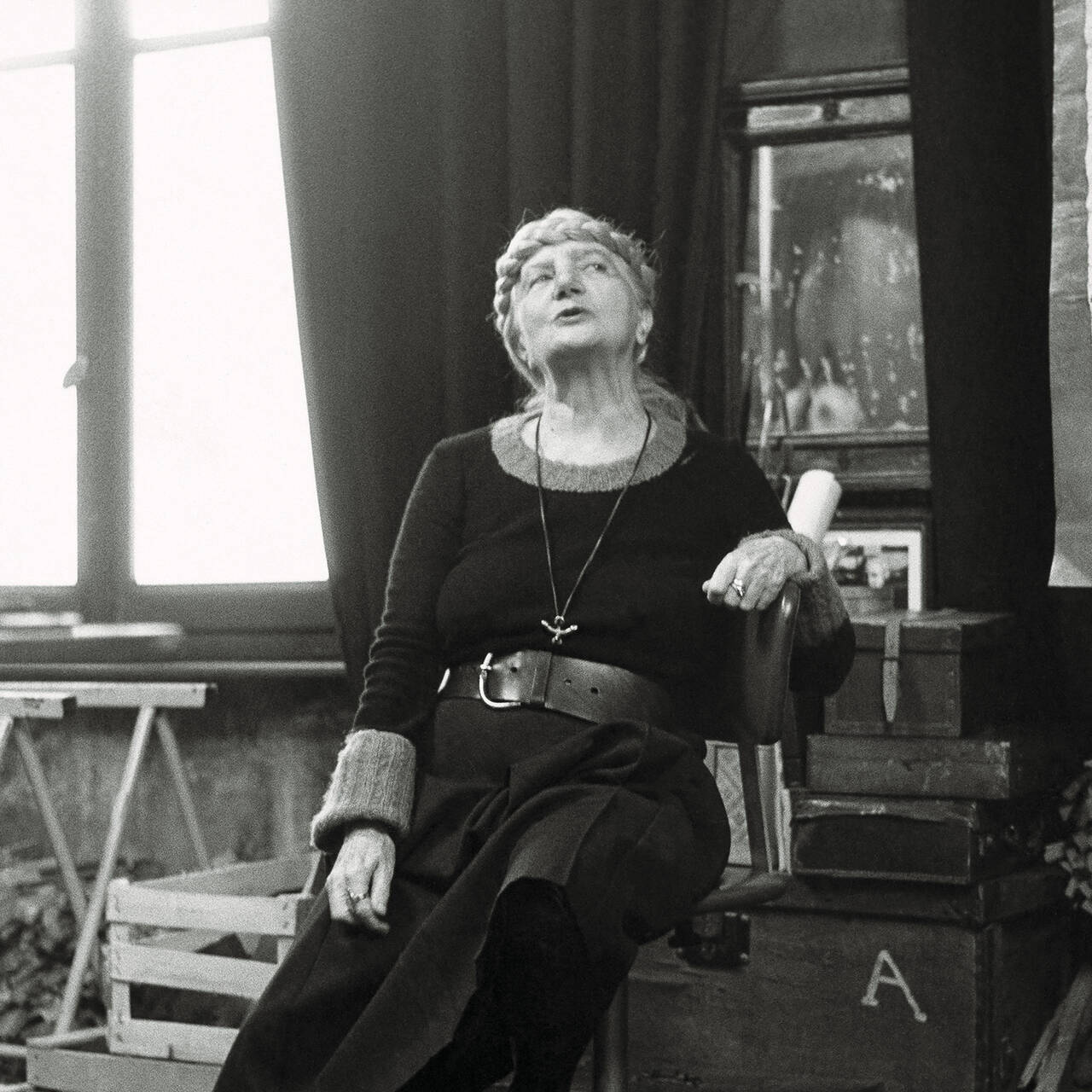A cacophony of voices akin to Babylon, a wild night life and poverty: In the inter-War years, Berlin differed decisively from other German cities. Something also reflected in its literature.
World War I inflicted a sharp break on cultural life in Germany, and above all on Berlin: Many authors and artists fought for their lives on the front, died there, or returned to the city traumatized and emotionally broken. And it did not offer them any peace either: In the Greater Berlin Act, several towns that previously did not belong to a district (and they included Lichtenberg, Schöneberg, Charlottenburg and Neukölln) were integrated, and Berlin’s population doubled from 1.9 to 3.6 million, making it the third largest city in the world.
The city resembled a fairground. The fronts of the buildings were smeared with bright light, and they put the stars to shame.
Newcomers from all over the world, war invalids, prostitutes, industrial workers and the upper classes made for a melting pot with a constantly seething potential for conflict. The expansion of the underground network and enlargement of the sunlight-deprived tenement houses in the poorer districts, the market criers and junk dealers made for a constant level of noise.
Full of people from the cellar to the attic
So it is hardly surprising that when after years in prison in Tegel Franz Biberkopf – the protagonist from the novel Berlin Alexanderplatz by Alfred Döblin published 1929 – finds his head throbbing ominously on traveling to downtown Berlin again: “Crowds, what teeming crowds. How they mill around,” we can follow his expressive thoughts, “On Alexanderplatz they are tearing up the road for the underground train. You walk on boards. The electric trolleys cross the square and go up Alexanderstrasse through Münzstrasse as far as Rosenthaler Tor. There are streets to the right and left. In the stets the houses stand close together. They are full of people from the cellar to the attic. Below are the stores. […] But above and behind the stores are apartments, and at the back are courtyards, side buildings, lateral buildings, buildings behind the tenements accessed via a courtyard, backs of buildings.”

Alfred Döblin, Image via dhm.de
Berlin in the 1920s was above all overstimulation of the senses on a grand scale: “[...] eat fish, then you will stay slim, healthy and well. Ladies stockings, real artificial silk, you have here a fountain pen with a wonderful gold nib,” the omnipresent billboards and neon signs are not only too much for Franz Biberkopf, but also impress the “Artificial Silk Girl” (Das kunstseidene Mädchen) (1932) by Irmgard Keun: “Berlin settled on me like a quilt with fiery flowers. [...] We have here a veritable excess of neon signs. I was surrounded by twinkling.” In his novel “Going to the Dogs” (Gang vor die Hunde) (1929), which initially appeared under the title Fabian in a subtler version, Erich Kästner joins the various descriptions: “The city resembled a fairground. The fronts of the buildings were smeared with bright light, and they put the stars to shame.”
The orgy begins
People had furnished lodgings in war widows’ spacious apartments and sought to compensate for a boring working day by having a wild nightlife. “The panorama of female voluptuousness accompanied by music excited the clerks, bookkeepers and retailers jostling against the barrier. Then the dance master shouted that they could make a dash for the women, and they fell upon them. […] The orgy could begin,” is how the main figure in Kästner’s Gang vor die Hunde describes the nightly pleasure.

Erich Kästner, Image by Basch, [...] / Opdracht Anefo [CC BY-SA 3.0 nl], via Wikimedia Commons
Once closing time came around at one in the morning people moved on to illegal night clubs in private apartments, where ample alcohol and drugs were consumed and same-sex love was practiced. “There are clubs where women sit wearing stiff collars and ties, who are frightfully proud of being perverse, as if that sort of thing were not a gift nobody could do anything about,” the “artificial silk girl” comments ironically.
The sour smell
However, not everything was glitter and gold in the city. While in the West people strolled along the Kurfürstendamm wearing fox fur stoles, the tenements in the east of the city were home to abject poverty: “In order to get an idea of how people live you have to venture into the courtyards, the first grim ones, and the second grim ones, you have to observe the pale children hanging around and squatting on the steps of the three, four and more entrances to the dark lateral building, moving and grotesque creatures, like Zille drew and painted them. […] Anyone who has the opportunity to feel their way up the narrow, gloomy stairs to the miserable kitchen-cum-living rooms reeking of cabbage and the bedrooms with the sour smell of infants can 'learn'”, argues Franz Hessel, who in 1929 published his book “Walking in Berlin” (Spazieren in Berlin).

Irmgard Keun, Image via uni-duesseldorf.de
There were much worse fates. Georg Fink, who was actually called Kurt Münzer, describes in his novel “I am starving” (Mich hungert) (1929) the misery of the small boy, who is forced to beg by his father – but knows that it is possible to have even less: The courtyard was narrow, with tall buildings around it, the lavatory adjoined our wall. Thirty-one tenants lived in the front building and the wings, 163 people with the young men and women who rented out beds from other people (“Schlafburschen” and “Bettmädchen”). […] In the hundred rooms and kitchens of the houses you could see the poverty of the world, and yet it was not the most bitter variety. After all, there were other rooms, there was a roof, an oven. Others had the benches in the groves, lived under bridges, or ramshackle summer houses.”
Order in Paradise
Like in real life an ever darker shadow also darkened the literature of the Weimar Republic – anti-Semitism gained ground. Some authors were taken in by the showy gestures of the National Socialists including Franz Biberkopf: “Franz now sells national newspapers. He has nothing against the Jews, but he is in favor of order, because order must be in Paradise, everyone must appreciate that. He has seen the paramilitary troopers, the young men, and their leader, too, that is something.”

Egon Erwin Kisch, Image via gisele-freund.com
It is an author’s subtle criticism of people who accept Hitler’s populism without asking any questions – and which just a few years later led to books by popular authors in the Weimar Republic like Alfred Döblin, Erich Kästner, Egon Erwin Kisch and Kurt Tucholsky landing on the fire during the mass burning of books. Nonetheless, Berlin’s appeal continued to be echoed in literature – and continues to do so today.

Seeing nature anew – through a cube
In his early work, HANS HAACKE addressed the relationship between art and nature as well as the social interest in the reciprocal relationship between...

The film to the exhibition: Hans Haacke. Retrospective
A legend of institutional critique, an advocate of democracy, and an artist’s artist: The film accompanying the major retrospective at the SCHIRN...

A new look at the artist – “L’altra metà dell’avanguardia 1910–1940”
With “L’altra metà dell’avanguardia 1910–1940”, in 1980 Lea Vergine curated an exhibition at the Palazzo Reale in Milan that was one of the first...

Non-human living sculptures by Hans Haacke and Pierre Huyghe
In his early work, HANS HAACKE already integrated animals and plants as co-actors into his art. In that way he not only laid the foundations for a...

CURATOR TALK. CAROL RAMA
SCHIRN curator Martina Weinhart talks to Christina Mundici, director of the Carol Rama Archive in Turin, editor of the first Catalogue Raisonné and...

Freedom costs peanuts
HANS HAACKE responded immediately in 1990 to the fall of the Berlin Wall and turned a watchtower into art.

The film to the exhibition: CAROL RAMA. A REBEL OF MODERNITY
Radical, inventive, modern: The film accompanying the major retrospective at the SCHIRN provides insights into CAROL RAMA's work.

Now at the SCHIRN: Hans Haacke. Retrospective
A legend of institutional critique, an advocate of democracy, and an artist’s artist: the SCHIRN presents the groundbreaking work of the compelling...

Carol Rama’s Studio: A nucleus of creativity
CAROL RAMA determinedly forged her own path through the art world. Her spectacularly staged studio in Turin was opened to the public only a few years...

PANEL: POLITICAL ACTIVISM BY SELMA SELMAN
Hosted by Arnisa Zeqo, Amila Ramović and Zippora Elders speak with the artist Selma Selman about her artistic career, the exhibition SELMA SELMAN....

Now at the SCHIRN: Carol Rama. A rebel of Modernity
Radical, inventive, modern: the SCHIRN is presenting a major survey exhibition of CAROL RAMA’s work for the first time in Germany.

Carol Rama in 10 (F)Acts
CAROL RAMA was one of the most provocative female artists of the 20th century. With her explicit depictions of sexuality, physicality, and tabooed...
